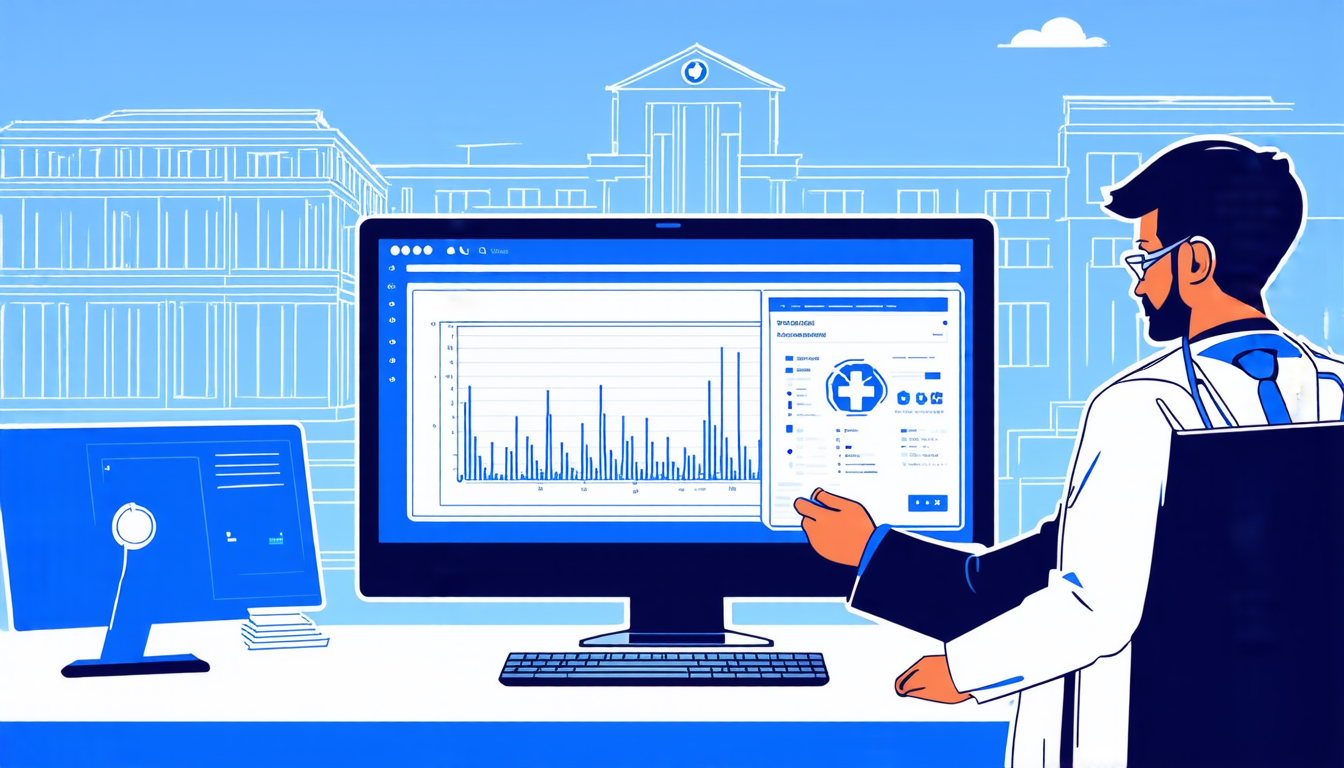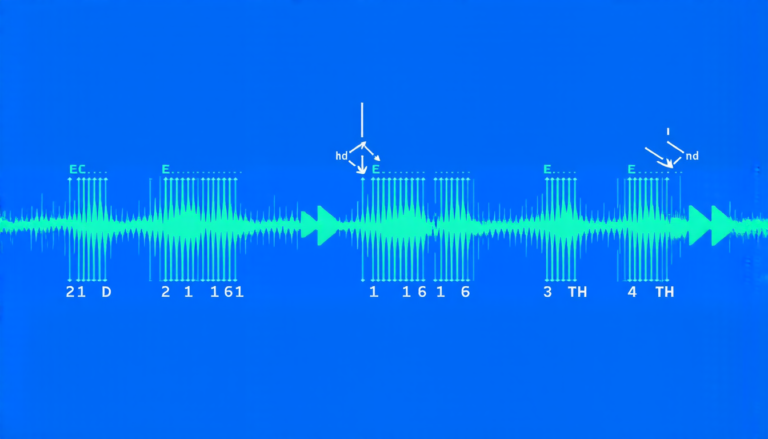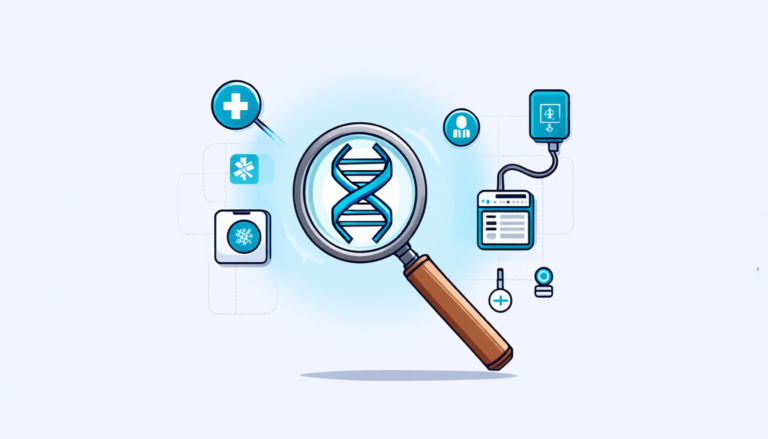Sunday 04 May 2025
Researchers have made a significant breakthrough in developing a new method for analyzing high-dimensional time-to-event data, which has far-reaching implications for medical research and patient care.
The new approach, known as transfer learning, allows scientists to combine data from different sources to improve their understanding of complex diseases such as sepsis. By leveraging information from similar but not identical datasets, researchers can gain valuable insights into the causes and progression of these conditions, ultimately leading to better treatment options for patients.
One of the key challenges in analyzing high-dimensional time-to-event data is dealing with the curse of dimensionality, where the sheer amount of data makes it difficult to identify meaningful patterns. Traditional methods often rely on simplifying assumptions or using techniques that are not robust to changes in the underlying data distribution.
The new transfer learning approach overcomes these limitations by using a semiparametric model that combines elements of parametric and nonparametric models. This allows researchers to capture complex relationships between variables while also being able to adapt to changes in the data.
In addition, the method incorporates a novel detection mechanism that identifies informative sources of data, which are then used to improve the accuracy of predictions. This ensures that valuable information from related datasets is effectively incorporated into the analysis.
The researchers have tested their approach using real-world data on sepsis patients and found significant improvements in prediction accuracy compared to traditional methods. The results also highlight the potential for transfer learning to be applied to other complex diseases, such as cancer and Alzheimer’s disease.
This breakthrough has important implications for medical research and patient care. By improving our understanding of complex diseases, researchers can develop more effective treatment options and potentially improve patient outcomes. Additionally, the method offers a powerful tool for analyzing large and complex datasets, which is becoming increasingly common in modern medicine.
The potential applications of transfer learning are vast, and this breakthrough has significant implications for the future of medical research. By combining data from different sources, researchers can gain new insights into the underlying biology of diseases and develop more effective treatments for patients.
Cite this article: “Unlocking Insights in High-Dimensional Time-to-Event Data with Transfer Learning”, The Science Archive, 2025.
Medical Research, Patient Care, Transfer Learning, High-Dimensional Time-To-Event Data, Sepsis, Curse Of Dimensionality, Semiparametric Model, Parametric Models, Nonparametric Models, Complex Diseases.







